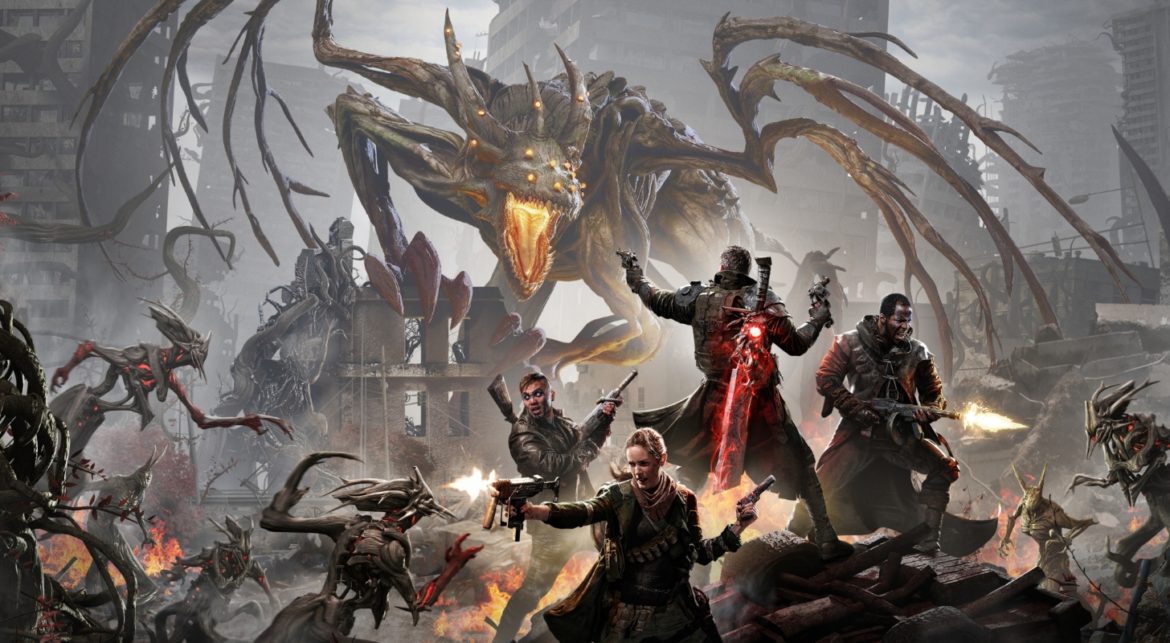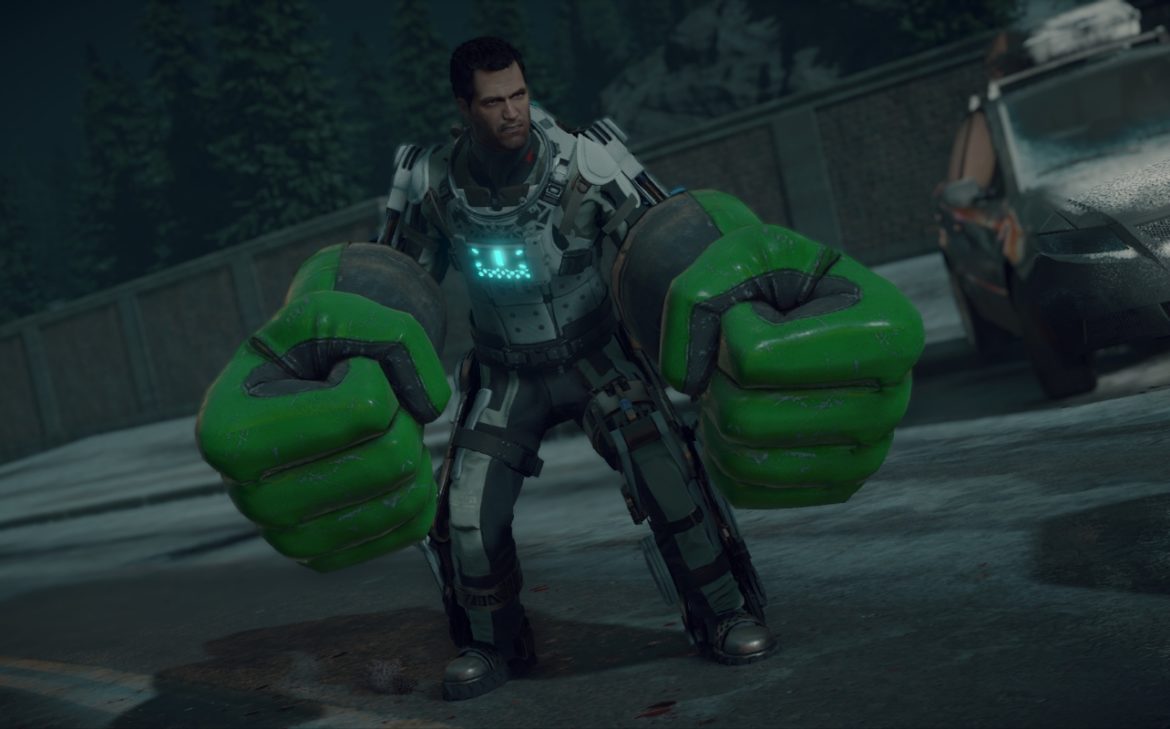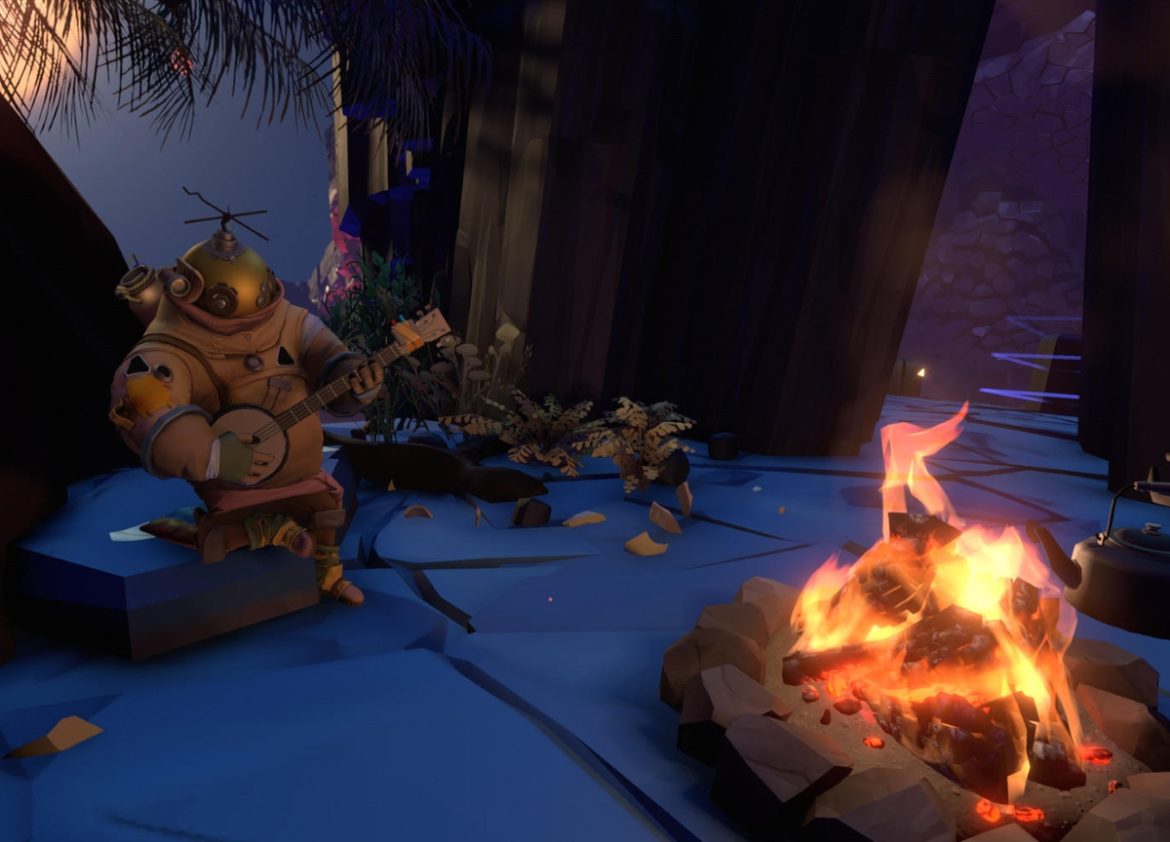Before C and I moved to Finland last year, we spent 24 hours in Helsinki trying the city on for size (sure, I also had a job interview).
We were relieved to discover that Helsinki has at least a few bars pushing craft beer. As big fans of the UK’s craft beer renaissance, and total newcomers to Finland, we were concerned we might be missing out on one of our preferred vices.
We tried out the Sori Taproom (nice beers, small quantities, rather expensive), Bier Bier (great beers, slightly larger quantities, very expensive) and The Riff (good music, okay beers, did unfortunately meet an anarchist Finn and a Bulgarian sound engineer who spent a full hour promoting the ‘great replacement’ conspiracy theory).










